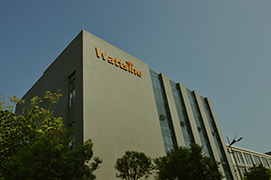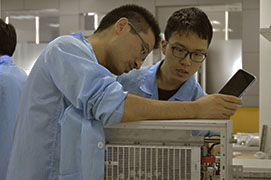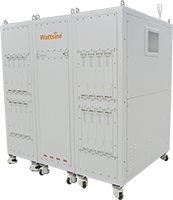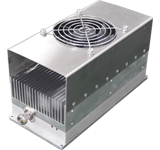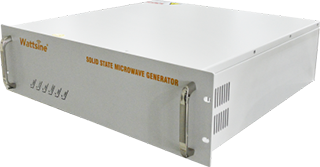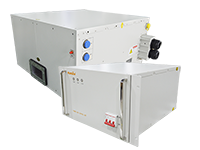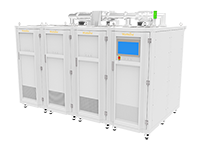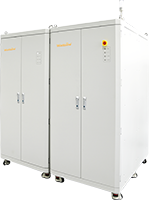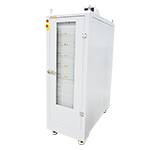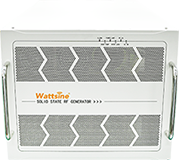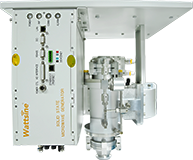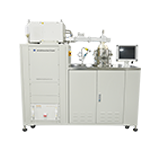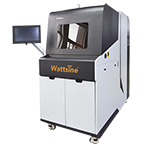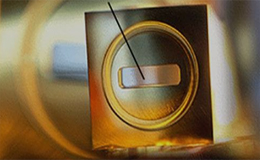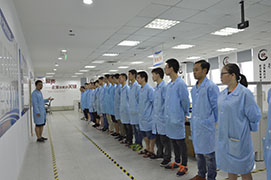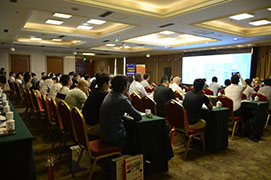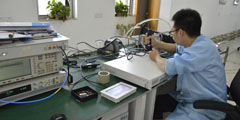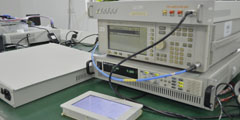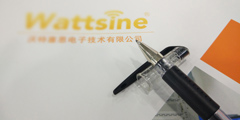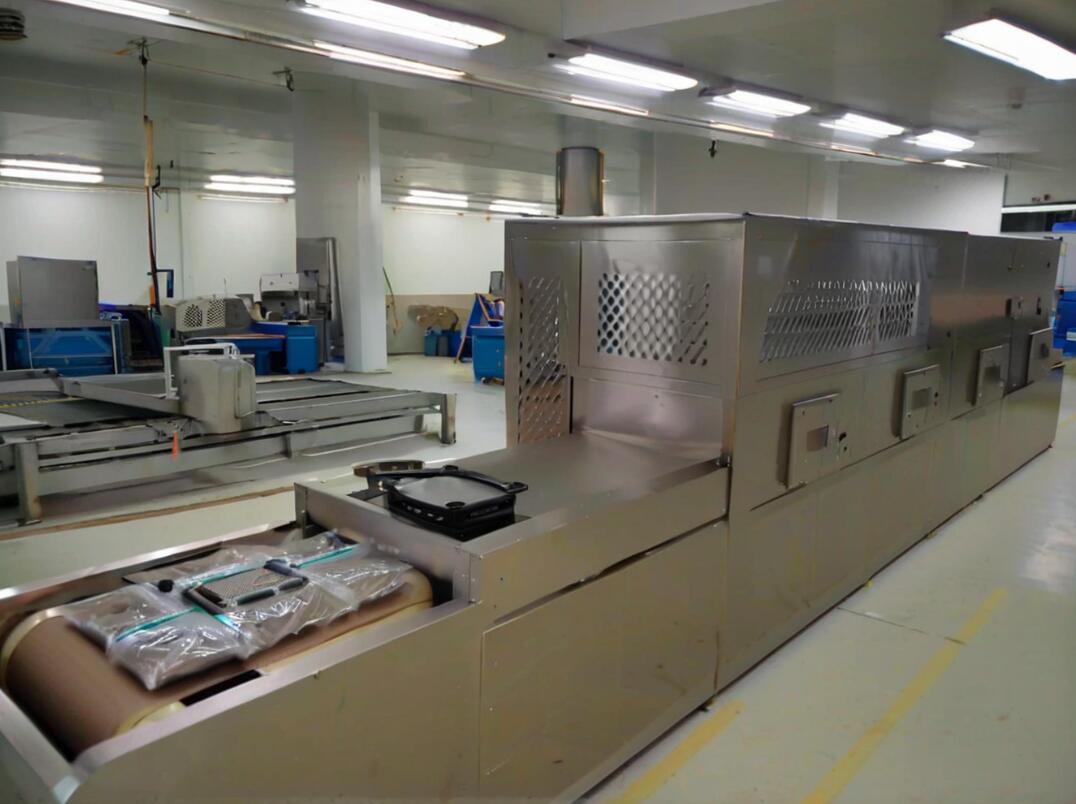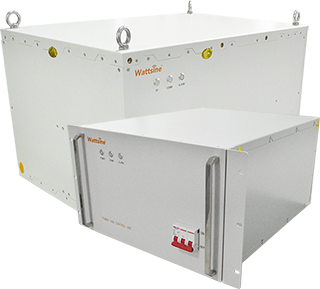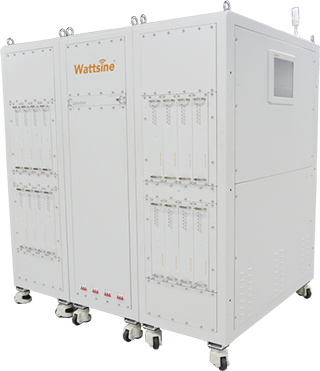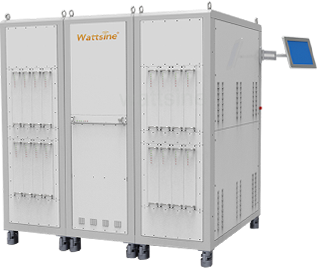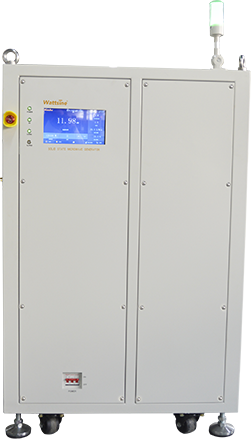Application Overview
Microwave heating refers to the process of introducing microwave energy into materials to uniformly heat both the surface and interior of the materials, achieving objectives such as temperature elevation, maturation, and sterilisation. During microwave heating, microwave energy is absorbed by the materials, intensifying molecular thermal motion within the materials and causing temperature increases. This method features rapid heating speeds and high heating efficiency, making it particularly suitable for heating foods with high moisture content and high fat content.
Application Details
Microwave heating is a heating method that relies on objects absorbing microwave energy and converting it into thermal energy, thereby heating the entire object simultaneously, which is fundamentally different from conventional heating methods. Microwave energy is generated by a microwave generator. The Wattsun solid-state microwave source is a microwave generator based on semiconductor devices. Compared to traditional magnetrons, it offers numerous advantages, including compact size, lightweight design, high reliability, and an exceptionally long service life. An increasing number of users are opting to replace magnetrons with solid-state microwave sources.
The Wattsine Solid-State Microwave Source offers the following advantages in microwave heating:
First, in terms of heating efficiency, the wattsine solid-state microwave source can rapidly increase the temperature of the heated object. The microwaves generated by the solid-state microwave source can directly penetrate into the interior of the object, causing the molecules inside to vibrate simultaneously. This simultaneous heating from both the inside and outside significantly accelerates the heating process, greatly reducing the time required compared to traditional heating methods such as thermal conduction heating, thereby enhancing overall heating efficiency.
Secondly, it excels in heating uniformity. The microwaves emitted by the Wattsine solid-state microwave source are distributed relatively uniformly within the heating space, enabling all parts of the heated object to absorb microwave energy in a balanced manner, thereby achieving uniform heating. This characteristic is particularly critical in many applications requiring uniform heating, such as in the food processing industry, where it ensures that all parts of the food are thoroughly heated, avoiding issues like local overheating or insufficient heating.
Thirdly, the solid-state microwave source developed by Wattsine offers excellent controllability. By adjusting parameters such as power and frequency, the intensity and speed of heating can be precisely controlled. This precise control capability is particularly important in industrial production processes with strict heating requirements, such as in material heat treatment, where heating conditions can be accurately adjusted according to the material's properties and process requirements.
Finally, the long-life characteristics of semiconductor devices in Wattsine's solid-state microwave sources enable them to operate efficiently and stably for extended periods. Their efficient heating method can complete heating tasks in a short time, reducing energy waste and improving energy utilisation efficiency compared to traditional heating methods that require prolonged preheating or experience significant heat loss during the heating process.
The Wattsine Solid-State Microwave Source offers the following advantages in microwave heating:
First, in terms of heating efficiency, the wattsine solid-state microwave source can rapidly increase the temperature of the heated object. The microwaves generated by the solid-state microwave source can directly penetrate into the interior of the object, causing the molecules inside to vibrate simultaneously. This simultaneous heating from both the inside and outside significantly accelerates the heating process, greatly reducing the time required compared to traditional heating methods such as thermal conduction heating, thereby enhancing overall heating efficiency.
Secondly, it excels in heating uniformity. The microwaves emitted by the Wattsine solid-state microwave source are distributed relatively uniformly within the heating space, enabling all parts of the heated object to absorb microwave energy in a balanced manner, thereby achieving uniform heating. This characteristic is particularly critical in many applications requiring uniform heating, such as in the food processing industry, where it ensures that all parts of the food are thoroughly heated, avoiding issues like local overheating or insufficient heating.
Thirdly, the solid-state microwave source developed by Wattsine offers excellent controllability. By adjusting parameters such as power and frequency, the intensity and speed of heating can be precisely controlled. This precise control capability is particularly important in industrial production processes with strict heating requirements, such as in material heat treatment, where heating conditions can be accurately adjusted according to the material's properties and process requirements.
Finally, the long-life characteristics of semiconductor devices in Wattsine's solid-state microwave sources enable them to operate efficiently and stably for extended periods. Their efficient heating method can complete heating tasks in a short time, reducing energy waste and improving energy utilisation efficiency compared to traditional heating methods that require prolonged preheating or experience significant heat loss during the heating process.

